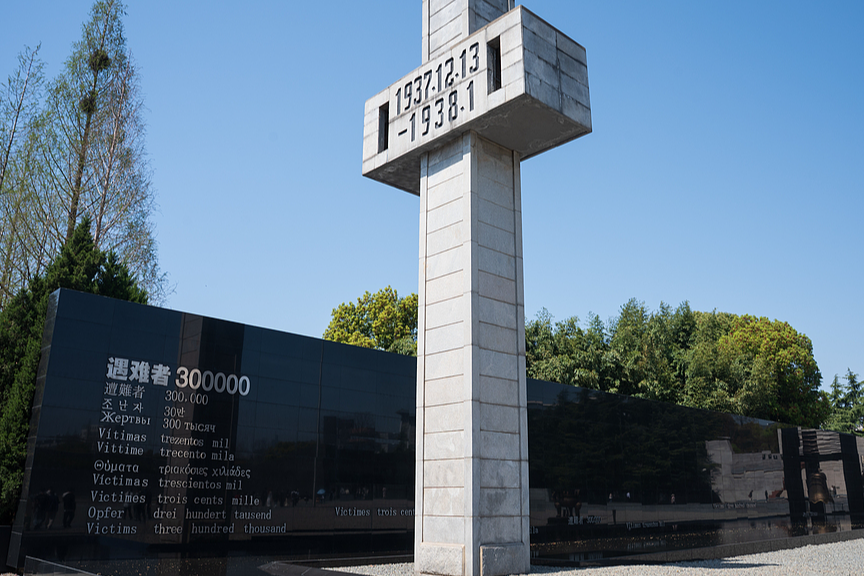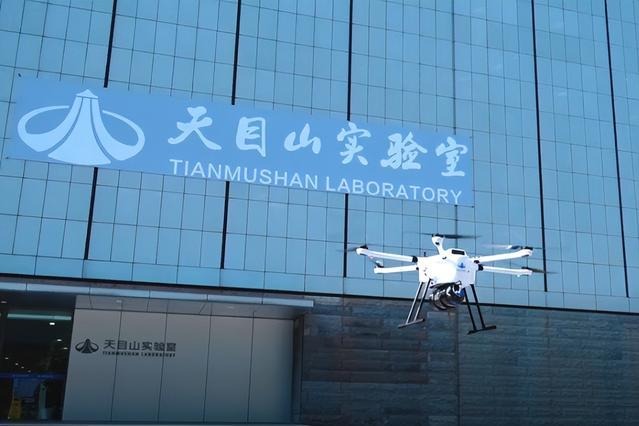HEROES OF THE PAST
Dedicated craftsmen and women battle against time itself, breathing new life into China's precious ancient artifacts, report Wang Kaihao, Zou Hong and Sun Ruisheng.

Editor's note: The 20th National Congress of the Communist Party of China set out a blueprint for China's path to modernization, with the aim of guiding the development of all walks of life in the new era and contributing positively to global progress. Through the year, China Daily will run a series of picture stories that highlight important waypoints on this journey. In this third installment, we focus on the conservators and restorers who combine traditional craftsmanship with cutting-edge technology to ensure the longevity of the nation's cultural treasures.
With a long history and rich cultural splendors, ancient China provided the world with an uninterrupted lineage of civilizations lasting for millennia that are still inspiring.
Thanks to the cultural relics our ancestors left behind, key events that might have influenced the destiny of a dynasty, or special moments in the lives of people long gone, come to life.
However, when we pay to admire, and in some cases be astounded by, such relics, we can hardly ignore the fact that, often, time has taken its toll on the relics, be they porcelain shards, fading murals or weathered roofs on ancient temples.
Fortunately, time has also witnessed the dedication and diligence of those who painstakingly keep the past alive and relevant. Their devotion is often counted in generations. Behind the polished museum exhibits, these are the people who wipe the dust of ages from the artifacts and give a second life to the items that have been silent observers of history.
They are, of course, the conservators and restorers of cultural relics. Just like medical practitioners who vow to spare no effort to save a patient, they, too, make diagnoses and tailor treatment to ailments of the nation's treasures. They combine traditional craftsmanship with cutting-edge technology to ensure their longevity.
Their "patients" are often icons, like the grand palace at the Forbidden City in Beijing, the walls of Pingyao Ancient City in Shanxi province, millennia-old bronzewares, scarred with verdigris and a timeworn patina, or the magnificent underground legion of the Terracotta Warriors from the Qin Dynasty (221-206 BC).
Generation after generation, deft hands and keen eyes, powered by robust hearts and unbowed enthusiasm, have skillfully kept the twin wolves of damage and decay at bay.
According to the National Cultural Heritage Administration, an army of more than 160,000 people is engaged in cultural relic-related work nationwide, protecting the more than 108 million cultural relics, which are housed in China's public institutions, and the 767,000 "unmovable" monuments, ancient architecture, structures and heritage sites that are registered nationwide.


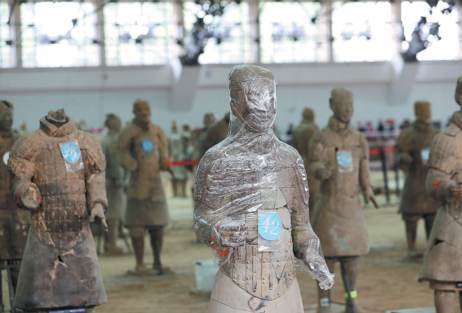


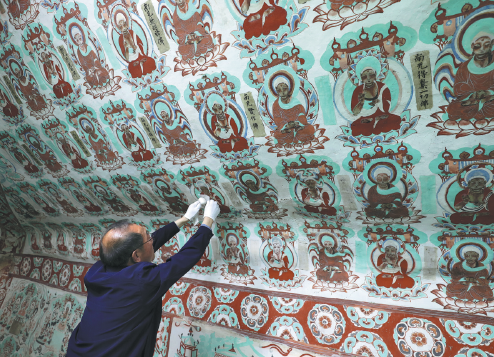
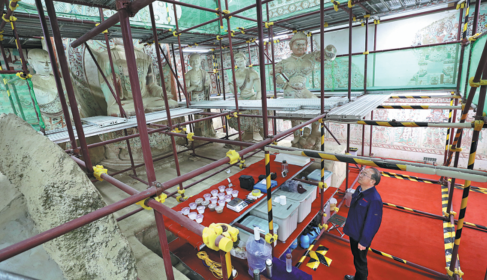
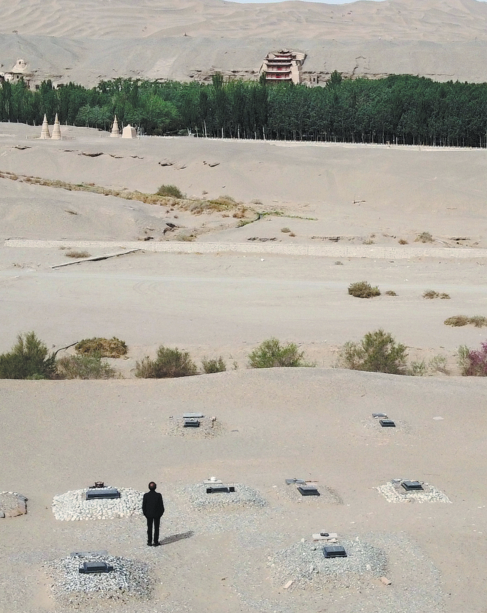
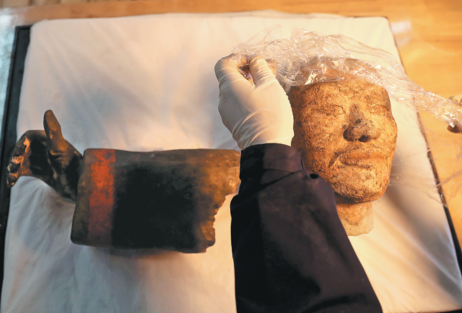
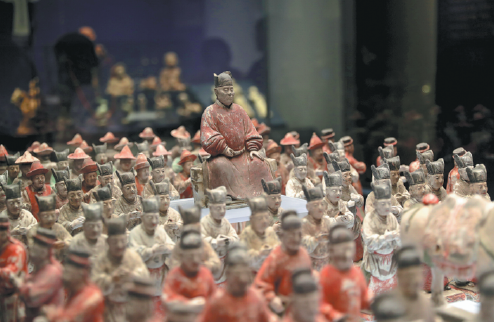
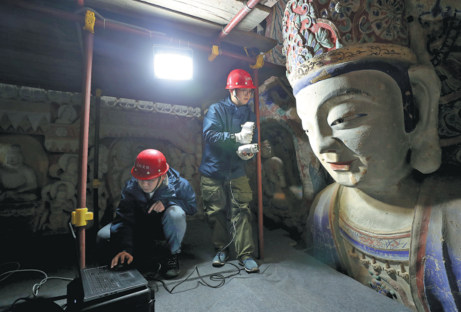
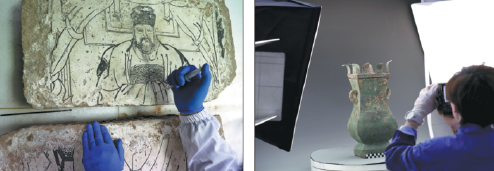
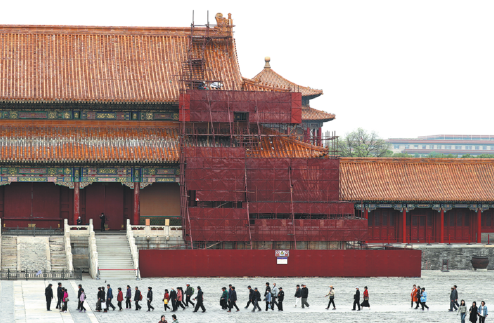
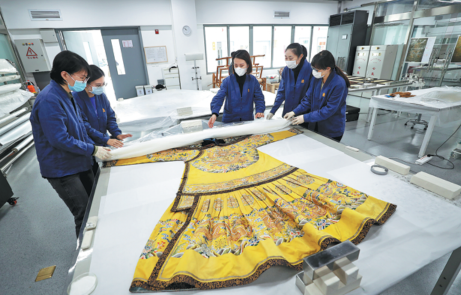

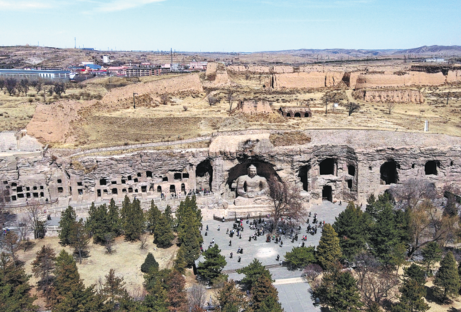
Today's Top News
- Xi sends congratulatory letter to forum dedicated to the International Year of Peace and Trust in Turkmenistan
- China to host 33rd APEC Economic Leaders' Meeting in Nov
- Strengthening domestic demand central to China's new five-year plan
- China's grain output tops 714 million tons in 2025
- China proposes theme, priorities for 2026 APEC 'China Year'
- Reforming consumption rules to fully unlock spending

















